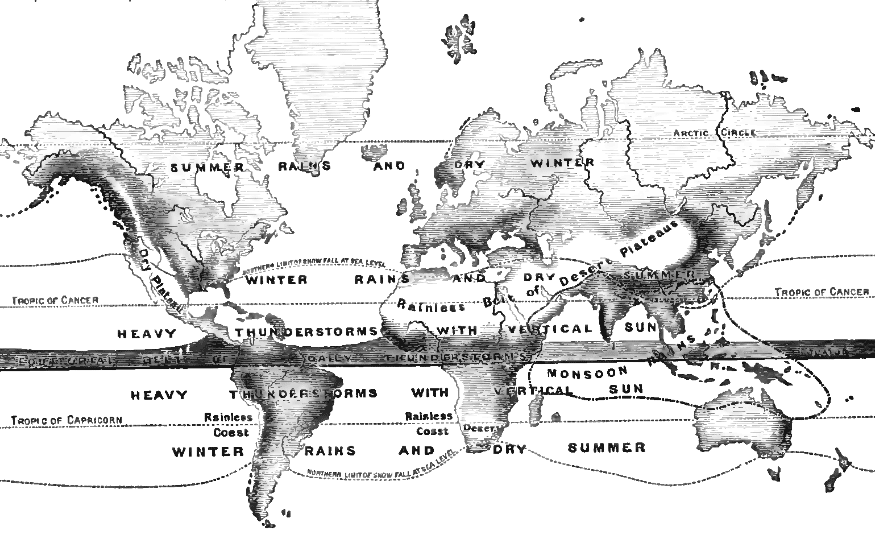<![CDATA[A group of German researchers, working in the Middle East and Germany, have found that civilizations who depended on agriculture for food and their well-being also feared climate change as we do now. The scientists found that there were periods of extreme drought that affected the growth of grains which were a staple of their diet. It is not believed that these droughts were yearly, however, as the conditions were so extreme that they must have been caused by a major change in climatic conditions at various locations around the world during various times. The study was done by examining over 1000 ancient grains of barley from different locations in the ancient Near East, which is also called the ancient breadbasket region. These seeds were all of different ages, but none was younger than 2,500 years old or older than 12,000 years old. The scientists then compared the amount of carbon isotopes in the prehistoric plant cells, to determine whether or not the plants had enough water to grow. Periods of drought and moisture affects the chemical composition of the seed. The results were shocking, as it showed that the barley did not grow as it was expected to. Today, humans pump a lot of greenhouse gases into the atmosphere, which in turn causes the temperature of the earth to rise. Climate change in those days also more or less had to do with human activity. Prehistoric man may not have had a chimney, but they could also chop down trees, set fires and do some other activities that could cause the climate to change over time. Climate change is thought to be the leading cause of the fall of many great nations, such as Egypt. About 3000 years ago, a drought occurred suddenly in Egypt that caused many of their prized crops to die out. It is believed that the fall of the great Egyptian empire happened for this very reason. A drought affected Mesopotamia (which is now India, Bangladesh, Pakistan) 4,000 years ago, and their empire began to collapse when its cities started to die from dehydration as rivers dried up. The German team did field work in the Middle East and did their lab work at the Tubingen University. Afterwards, they looked at a piece of wood that was over 2000 years in age that suggested a similar drought ended later that year. Tree rings can also change based on the situation it is growing in. They are an excellent tool for studying the past. In a press conference put on by the archaeology team, Simone Riehl, archaeologist at Tubingen University states that geographical changes and factors, as well as human involvement, caused the climate to change so drastically. It goes to show how much influence human beings can have on Mother Nature. On the flip side, Riehl states that this drought may have caused ancient civilizations to build new tools and techniques to combat arid conditions, such as a more aggressive irrigation techniques. Another point to take from this find is present-day human's effect on the climate and their environment, and the clues that the ancients have left for humans to fight global warming.]]>
Prehistoric Civilizations Struggled With Climate Change
